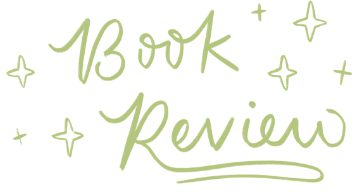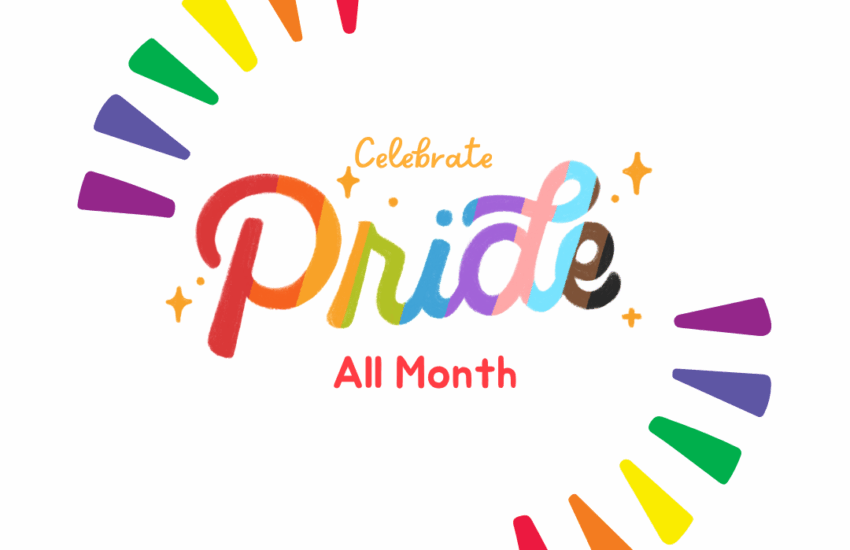“May Contain Lies: How Stories, Statistics, and Studies Exploit Our Biases- And What We Can Do About It.” A Book Review.
By Peter Patten, Reference Librarian, Walsh Library

In 2003 a young college dropout founded a blood testing company called Theranos, promising to revolutionize the industry by using small portable machines to test for hundreds of diseases from just a pinprick of blood. Elizabeth Holmes had the support of Secretary of State George Schultz and billionaires like Rupert Murdoch and Larry Ellison. Potential investors were told they would not only make money but save lives. Forbes magazine hailed Holmes as “the world’s youngest self made female billionaire” and Theranos reached a value of 9 billion dollars. It was a wonderful success story except for one thing – it was all a lie. The machines did not work, and Holmes was eventually sentenced to 11 years in jail in 2022 for fraud.
Even intelligent and educated people can be misled by their failure to think critically. Confirmation bias is when people have a strong desire to believe in things which are simply not true. There are several kinds. This is the type of confirmation bias called naive acceptance where we suspend skepticism because we want to believe the results. The opposite form of confirmation bias is blinkered skepticism where people reject a statement simply because they don’t want it to be true. These can lead to biased search in which we seek out only the information that confirms what we believe or repudiates what we don’t. Far from helping, the huge amount of information available to us on the internet can make biased searching worse because with computer search engines it is now much easier to find information that confirms our biases. You can find hundreds of articles supporting your unfounded beliefs on the internet.

The author of May Contain Lies: How Stories, Statistics, and Studies Exploit Our Biases- And What We Can Do About It, Alex Edmans, constructs a ladder of inference to explain how misinformation distorts our thinking. He shows us how a statement is not a fact, a fact is not data and data is not evidence. In the hands of a lesser writer the subject could be a little dry, but he has a talent for choosing vivid real world examples for these logical positions. He recalls how he was once asked by a wealthy investor to help provide evidence that increasing diversity leads to better financial results for a company. Everyone wanted to believe this (confirmation bias). But when he studied the actual evidence by doing a systematic review of scholarly literature it pointed to exactly the opposite conclusion. At great expense to himself, he informed the investor that he could not support this idea for promoting the new investment fund. A year later, the investor found other researchers who did find evidence that, unsurprisingly, favored the idea that diversity increases profitability. This real world example of why data is not evidence is called data mining – the cherry picking of favorable data.
Research can be manipulated in many ways to give inaccurate results. When he was asked by a British parliamentary committee to provide evidence that an increase in the difference between an average worker’s wages and C.E.O. salary at a company has a negative effect on the company’s profitability, Edmans quickly found a major study that supported this view. Everyone, including Edmans himself, was happy. Problem is, the study was preliminary and the final report, released some time later found no relation between the ratio of C.E.O. pay to worker’s pay and profitability. The government decided to ignore the final report and released the first preliminary report into widespread circulation. The final report was buried and never heard of again. This illustrates the importance of the currency of information.

May Contain Lies is more than a list of the many ways our thinking can be led astray. In the final chapter he offers ways we can think more critically. These are divided into three parts – Thinking Smarter as Individuals, Creating Organizations that Think Smarter and Creating Societies That Think Smarter. Individuals can actively look for information that is the opposite of what they usually believe or at least look for views from both sides. They can look not just for peer reviewed articles but for a consensus of peer-reviewed articles by reading a systematic review. Organizations can think smarter by seeking a diversity of opinions to avoid groupthink. Creating whole societies that think smarter can be achieved by teaching critical thinking. Critical thinking skills include cognitive techniques, statistical literacy and encouraging curiosity.
May Contain Lies: How Stories, Statistics and Studies Exploit Our Biases- And What We Can Do About It is an important and timely book as our country is experiencing an unprecedented epistemic crisis. People used to agree on basic facts. Developing critical thinking skills in students is one of the core aims of education and Alex Edmans deserves credit for this enlightening and enjoyable book. As far as I can tell, it contains no lies but a great many truths.
–Peter Patten, Reference Librarian, Walsh Library



